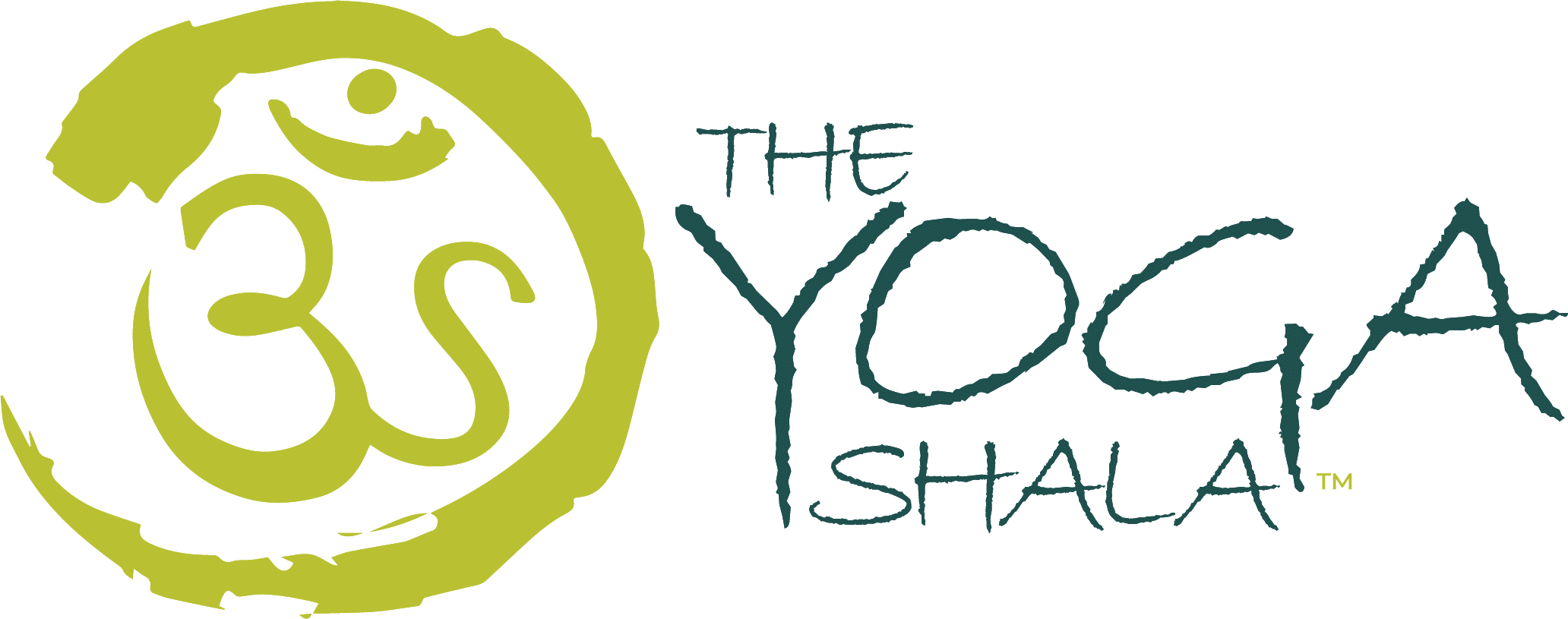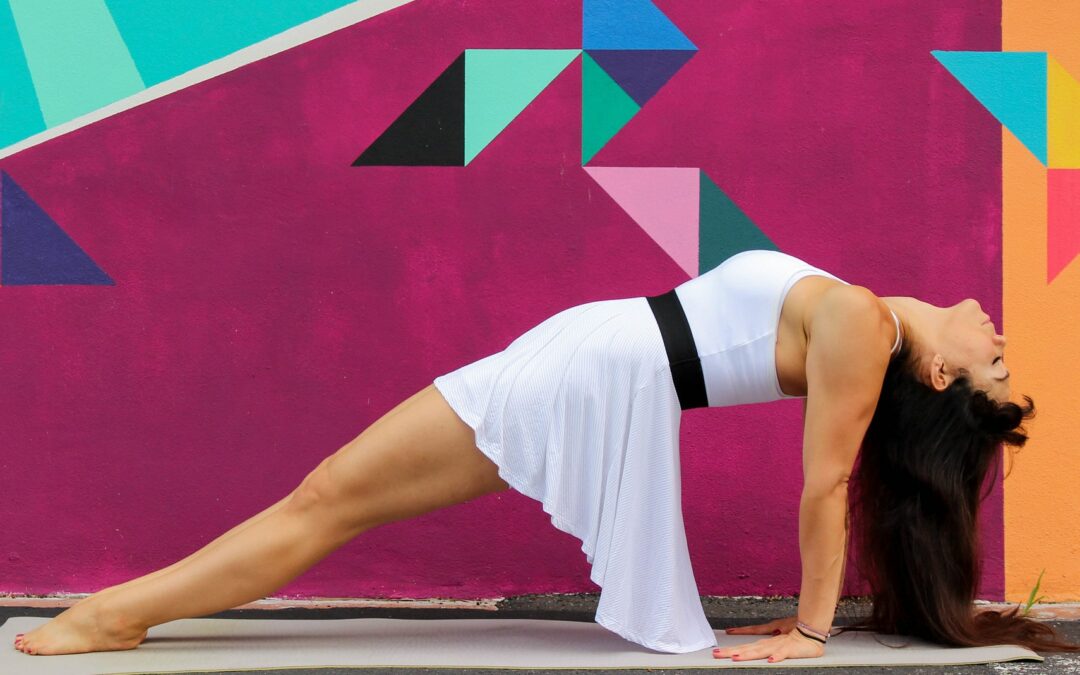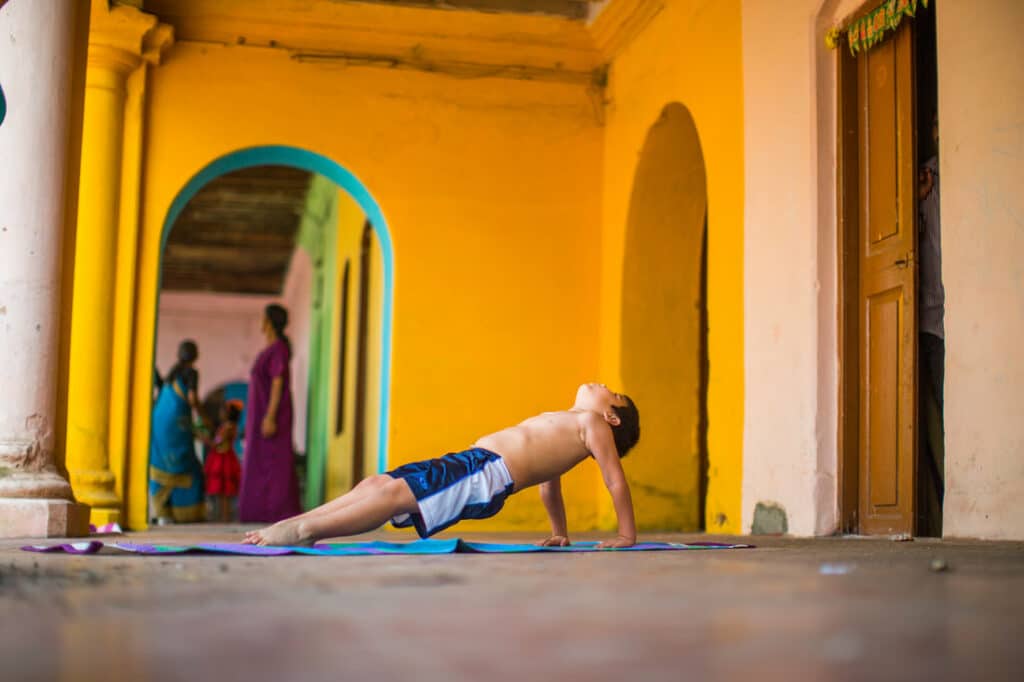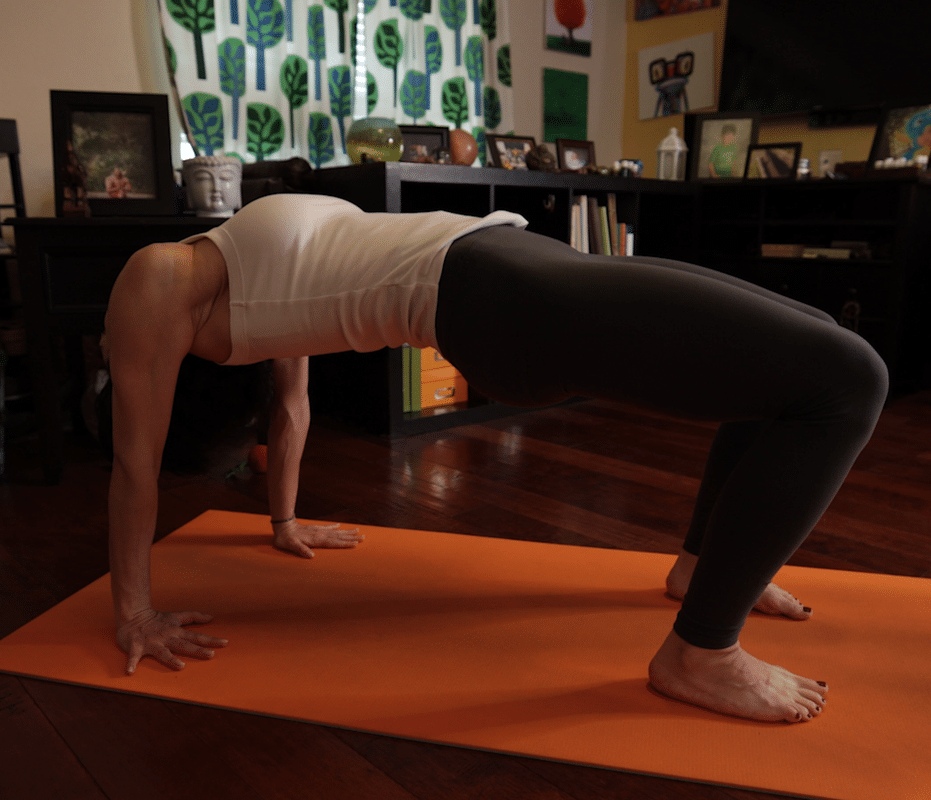Benefits of Purvottanasana
Purvottanasana, or Upward Plank Pose, is a powerful yoga posture that offers a wide range of physical, mental, and energetic benefits. Integrating this pose into your practice can have a positive impact on your overall well-being. Here are some of the key benefits:
Strengthens Upper Body:
Purvottanasana is an excellent pose for building strength in the arms, wrists, and shoulders. The weight-bearing nature of the pose helps to tone and strengthen these muscles, enhancing stability and balance.
Opens the Chest and Shoulders:
The pose encourages the chest to expand, leading to improved posture and lung capacity. It also stretches and opens the front of the shoulders, which is particularly beneficial for individuals who spend long hours sitting or working at a computer.
Stretches the Front Body:
Purvottanasana stretches the front of the body, including the abdomen, hip flexors, and quadriceps. This can alleviate tightness in these areas, promoting greater flexibility and mobility.
Activates Core Muscles:
Engaging the core muscles is essential for maintaining stability and balance in Purvottanasana. Regular practice of the pose helps to strengthen the abdominal muscles and improve core awareness.
Boosts Energy Flow:
This pose stimulates the energetic pathways in the body, promoting the flow of prana (life force energy). As a result, it can help invigorate the body and mind, increasing overall vitality.
Improves Digestion:
The gentle compression of the abdomen in Purvottanasana can aid in improving digestion and metabolism. It can also help relieve gas and bloating.
Enhances Spinal Health:
The pose encourages a gentle backbend, promoting spinal flexibility and counteracting the effects of hunching over or sitting for extended periods.
Develops Mental Focus:
Balancing in Purvottanasana requires concentration and mindfulness. Regular practice can enhance your ability to focus and remain present in the moment.
Click here to watch a Yoga tutorial breaking down Purvottanasana
Contraindications and Cautions
While Purvottanasana offers numerous benefits, there are certain conditions and situations in which this pose should be approached with caution or avoided altogether:
Wrist Issues:
Individuals with wrist injuries, carpal tunnel syndrome, or acute wrist pain should be cautious when practicing Purvottanasana. Consider starting with a modification for this posture.
Shoulder Problems:
Those with shoulder injuries, rotator cuff issues, or chronic shoulder pain should approach the pose with care. It’s advisable to consult a healthcare professional or a knowledgeable yoga instructor before attempting the pose.
Heart Conditions:
Individuals with heart conditions, high blood pressure, or any other cardiovascular concerns should approach this pose cautiously. This backbend and inversion-like position can impact blood pressure, so it’s best to consult a healthcare provider before practicing.
Carpal Tunnel Syndrome:
If you have carpal tunnel syndrome or experience numbness and tingling in the hands, consider using padding under the palms or modifying the pose to reduce pressure on the wrists.
Pregnancy:
Pregnant individuals should approach Purvottanasana with caution. As the abdomen stretches in the pose, it might be uncomfortable for some.
Neck Issues:
Individuals with neck injuries or chronic neck pain should avoid dropping the head back in Purvottanasana. Instead, they can keep the neck in a neutral position to prevent strain.
Remember, your safety and well-being are paramount. Always listen to your body, practice mindfully, and consult a medical professional or experienced yoga instructor if you have any concerns or pre-existing conditions. By practicing Purvottanasana mindfully and with proper alignment, you can enjoy its benefits while minimizing the risk of injury.
Step-by-Step Guide to Purvottanasana with Sanskrit Vinyasa count
We will be entering this posture from downward facing dog, having just taken a vinyasa after Paschimottanasana to seated position.
Sapta (Vinyasa #7): From Adho Mukha Svanasana (down dog), look forward and walk or jump your feet through and have a seat on the floor with your legs extended in front of you. Take both hands back behind you, palms down, fingers facing forward. Exhale there.
Asthau (Vinyasa #8) Inhale, and press your hands and feet down into the floor as you lift your pelvis upward. Press out of the feet and legs. Take your head back and look down the tip of your nose (Nasagrai Dristhi). Take five deep breaths.
Nava (Vinyasa #9) Exhale and lower down.
Dasa (Vinyasa #10) Inhale, bring your hands to the floor, cross your legs and lift your body up off the ground.
Ekadasa (Vinyasa #11) Exhale and jump back into Chaturanga Dandasana.
Dvadasa (Vinyasa #12) Inhale into Urdhva Mukha Svanasana(Upward facing dog)
Trayodasa (Vinyasa #13) Exhale into Adho Mukha Svanasana (Downward facing dog)
Click here to watch a Yoga tutorial breaking down Purvottanasana
Modifications
Modifications can make yoga poses accessible to a wider range of practitioners, allowing them to experience the benefits without straining or risking injury. Here are some modifications for Purvottanasana (Upward Plank Pose):
Bent Knee Variation:
For individuals with limited hamstring flexibility or lower back sensitivity, you can practice Purvottanasana with your knees bent. Keep your feet on the ground and focus on lifting your hips and opening your chest. This modification reduces strain on the lower back and hamstrings.
Wall Support:
Practicing Purvottanasana against a wall can provide extra support. Begin by sitting against the wall with your hands behind you, fingers pointing towards your feet. Press into your hands and feet to lift your hips while leaning against the wall. This variation helps you focus on engagement and alignment without the risk of falling backward.
Assisted Variation:
If wrist discomfort is an issue, you can practice Purvottanasana with the assistance of a partner or yoga teacher. They can gently hold your wrists to provide support as you lift your hips. This minimizes pressure on the wrists while allowing you to experience the pose’s benefits.
Modified Chest Lift:
If opening the chest fully is challenging, focus on lifting the hips while keeping your hands behind you. You can gently roll your shoulders back without lifting the chest too much. This modified version still engages the muscles of the upper body and helps you work on the pose gradually.
Remember that modifications are meant to enhance your practice, not to “dilute” the pose. Choose the modification that suits your current level of flexibility, strength, and comfort. Over time, as your body becomes more accustomed to the pose, you can gradually explore deeper variations and eventually work towards the full expression of Purvottanasana. Always prioritize proper alignment, breath, and safety in your practice. If you’re unsure about which modification is best for you, consult a qualified yoga instructor for guidance.
Practice with The Yoga Shala
If you want to join us for LIVE classes! The Yoga Shala offers virtual and in person classes every weekday morning. We are located at 140 Circle Drive, #4, Maitland, Florida. Owner, Krista Shirley, also offers virtual or in person private sessions (Yoga, Meditation, Breath-work, Nutrition, Life Coaching and Mentorship). Visit theyogashala.com for details.
Be sure to signup for our newsletter to stay on top of local events and classes, Nysa products sales, new offerings, new products and more!
We hope you find this video series helpful to you in creating or maintaining your yoga practice!
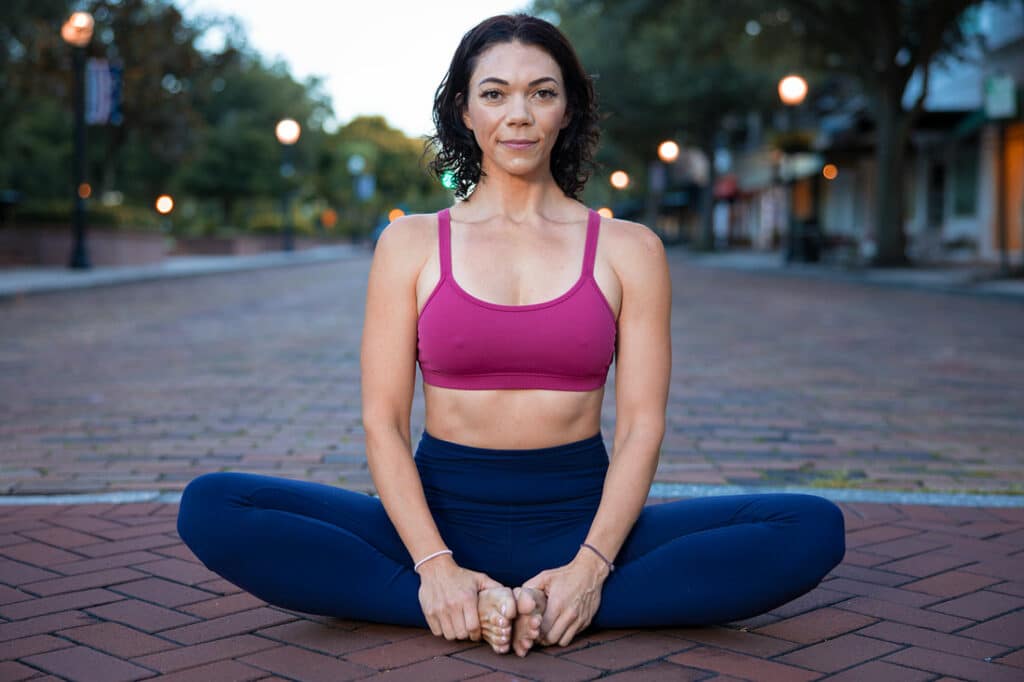
About Krista
Krista Shirley is a level II authorized Ashtanga Yoga teacher. She is deeply passionate about sharing these teachings with all who wish to learn.
If you want to join Krista in person she teaches daily classes at The Yoga Shala in Maitland, Florida. She also offers virtual sessions in Yoga, Meditation, Breath-work, Nutrition, Life Coaching and Mentorship. Check out www.theyogashala.com for more details.
If you do not live in Central Florida and want to find an authorized teacher in your area, check out our teacher, Sharath Jois’ website, for a list of all teachers authorized and certified by his yoga centre in India.
|
|
|
|
|
|
|
|
|
|
|
|
❤️SHOP MERCHANDISE: Nysa Products
❤️LET’S BE SOCIAL:
Instagram: Krista Shirley Yoga
Instagram: The Yoga Shala
Facebook: The Yoga Shala
Facebook: KristaShirleyYoga
For other inquires please contact: [email protected]
